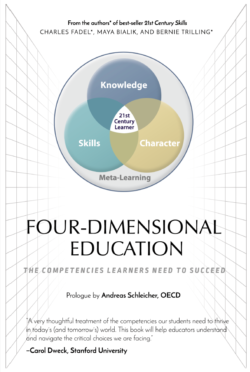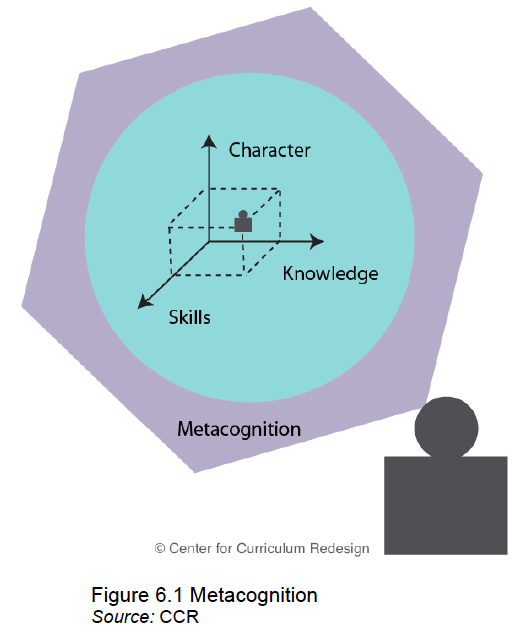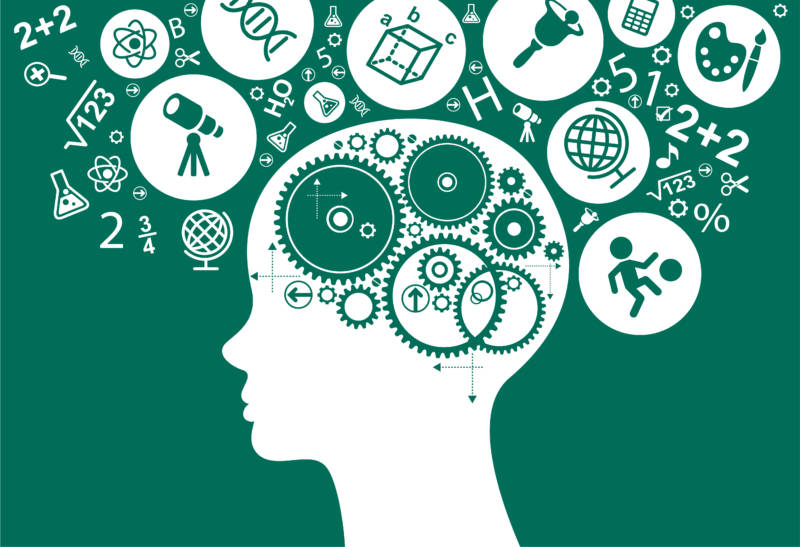To illustrate the value of metacognition and how it actually plays a role in learning, we can consider an example from mathematics, where it has been shown that metacognition plays a central role in learning and achievement. Specifically, when novice students were compared to seasoned mathematicians, the students selected a seemingly useful strategy and continued to apply it without checking to see if the strategy of choice was actually working well. Thus, a significant amount of time was wasted in fruitless pursuits. The more experienced mathematicians on the other hand, exercised metacognition, monitoring their approach all along the way to see if it was actually leading to a solution or merely to a dead end. Being aware of how one is engaging with the process of learning influences how the student interprets the task at hand, and what strategies are selected and employed in service of achieving learning goals. It can help optimize the problem-solving experience at a very high level, and is thus applicable across a large range of contexts. These metacognitive strategies are powerful tools for any discipline, inter-discipline or for learning in general.
 Of course, with such an abstract learning goal, it is important for educators to be precise with how they teach it. Traditional methods for improving students’ learning strategies often focus on prescribed procedures (note-taking, self-testing, scheduling, etc.) and typically result in initial motivation and some short-term improvement, but ultimately a reversion to old habits happens. While these tactics may work in the short term (e.g., to cram for an exam), once the context changes, successful transfer of these methods is less likely to occur. More strategic methods that focus on metacognition for deeper learning— such as developing a growth mindset (discussed later), setting and monitoring one’s learning goals, and growing one’s capacity to persist despite difficulties—have been shown to result in more permanent learning gains.
Of course, with such an abstract learning goal, it is important for educators to be precise with how they teach it. Traditional methods for improving students’ learning strategies often focus on prescribed procedures (note-taking, self-testing, scheduling, etc.) and typically result in initial motivation and some short-term improvement, but ultimately a reversion to old habits happens. While these tactics may work in the short term (e.g., to cram for an exam), once the context changes, successful transfer of these methods is less likely to occur. More strategic methods that focus on metacognition for deeper learning— such as developing a growth mindset (discussed later), setting and monitoring one’s learning goals, and growing one’s capacity to persist despite difficulties—have been shown to result in more permanent learning gains.
It is important to note that since metacognition involves higher-level thinking overseeing lower-level thoughts, there is actually a range of mental processes that fall under its definition. Effects of metacognitive training vary based on what kind of lower-level thoughts are being overseen, and how they are being overseen. Research has identified three levels of reporting on metacognitive processes:
1. Verbalization of knowledge that is already in a verbal state (such as recalling what happened in a story).
2. Verbalization of nonverbal knowledge (such as recalling how one solved a Rubik’s Cube).
3. Verbalization of explanations of verbal or nonverbal knowledge (such as explaining how one makes use of the rhetorical structures of a story as one reads).
Only this third level of metacognitive process has been linked to improved results in problem solving.
Metacognition can be developed in students in the context of their current goals and can enhance their learning of competencies as well as transfer of learning, no matter their starting achievement level. In fact, it may be most useful for lower-achieving students, as the higher-achieving students are already employing strategies that have proven successful for them. For learning disabled and low - achieving students, metacognitive training has been shown to improve behavior more effectively than traditional attention-control training.
Students who have higher levels of self-efficacy (more confidence in their ability to achieve their goals) are more likely to engage in metacognition and, in turn, are more likely to perform at higher levels. This strongly indicates a positive feedback loop for high-achieving students—they are more successful by using metacognitive strategies, which increases their confidence and in turn leads them to continue to increase their performance. Metacognition is an integral part of this virtuous learning cycle, and one that is amenable to further improvement through instruction.
Charles Fadel is founder of the Center for Curriculum Redesign, Bernie Trilling is founder of 21st Century Learning Advisors and Maya Bialik is researcher at CCR.




